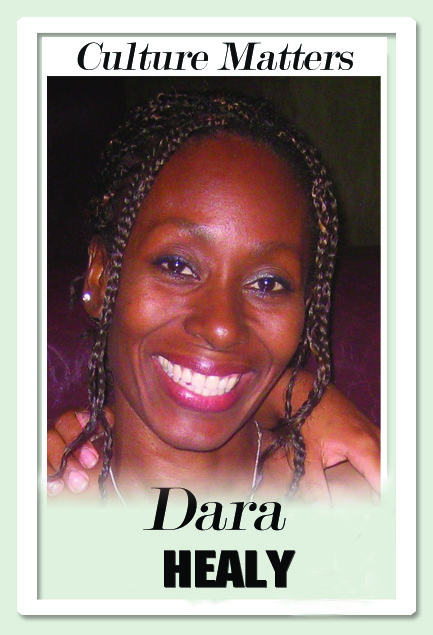The other new normal

Culture Matters
“...Marx had notoriously left his followers in the dark as to what the new society would be like. (CLR) James tried to fill that gap by describing the pursuit of happiness as the end at which the revolution aimed. To James it meant people being able to fulfil themselves in their working lives and living in societies that supported them in living such lives...”
– Guyana Review, Stabroek News, 2008
OVER THE past few days, Nottinghill Carnival was showcased to a global audience online. Kes the Band streamed a crisp and heartfelt concert, supported by top soca artists such as Voice and Nailah Blackman. More of us are working, learning, schooling children and having online parties from home.
The world is transforming in front of us, a shift perhaps as monumental as the end of the age of dinosaurs, the fall of empires or the demise of enslavement. Our understanding of normal is constantly being adjusted to preserve our health, but also to protect the global system of capitalism that we have nurtured since the first industrial revolution of the 18th century.
Something else is happening alongside this new normal. The technology-driven revolution allows gaps between leaders and the populace to narrow. Instant communication forces greater accountability and creates opportunities. Yet, in the face of growing hardships caused by covid19, the migrant crisis and environmental decline, can popular movements for social justice cause another shift in the way society values humanity?
This week, two images gave me pause.
The first was of a woman holding a simple sign with the words “We want Justice.” In the background, thick clouds of smoke rise from burning tyres. The red-orange of the fire creates a disturbing but fascinating contrast with the black of the tyres and thick puffs of smoke.
The impact of the image is completed as your eyes pull back to the woman’s face. Her eyes are closed. The expression on her face is filled with such intense pain that one is almost transported to that moment in time.
The other image was inside the home in Laventille where a woman was chopped to death in front of her four children. Only angels protected her little son from being killed as he stepped in front of the assailant to save his mother.
It was not the smallness of the home. Rather, the galvanised roof, bare furnishings and obvious lack of space for a family of five made me stop. I stared at the image and wondered about the life of this woman who neighbours said was hard working and focused on her children. Like the generations of women in my own life.
In that first revolution, we moved away from farming-based economies to urban factories. As electrical light and other inventions made it possible to work longer, the employee became integral to the production of consumer goods. Not to share in the profits, but to ensure the expansion of global wealth.
Incredibly, some economists of the day advocated to deliberately suppress wages. This would prevent, they argued, the creation of unrealistic expectations by workers and generations of their families to acquire wealth, a limited resource.
Later, when it was realised that physical and financial resources were renewable, economists began to reassess the inevitability of unequal distribution of wealth. Increasingly, notions of social justice were debated.
Today, such debates are again at the fore. In the cramped, galvanised home of a single parent, where are the benefits of capitalism for her now orphaned children? Can our present system truly offer the woman with the sign justice? In widespread political rhetoric, socialism and alternative theories of wealth distribution have acquired soucouyant-like characteristics.
In socialism, “true economic equality could only be attained if the workers controlled the means of production as well as the distribution of goods.” James advocated, reasonably I thought, for societies that supported the people who live in them.
In the 18th century version of society, the humanity of workers disappeared. Today, we revel in scientific advances such as artificial intelligence and speak casually about a new revolution dominated by machines. Still, as hundreds succumb to covid19 alone, as hunger, loneliness and alienation intensify, this is our moment, our opportunity to create a better version of normal.
Marx may not have known what the new society should look like, but we already do. The answers are etched on the faces of those holding signs and in the corners of every cramped, galvanised home where children are forced to grow up too soon.
Dara E Healy is a performance artist, communications specialist and founder of the NGO, the Indigenous Creative Arts Network – ICAN


Comments
"The other new normal"